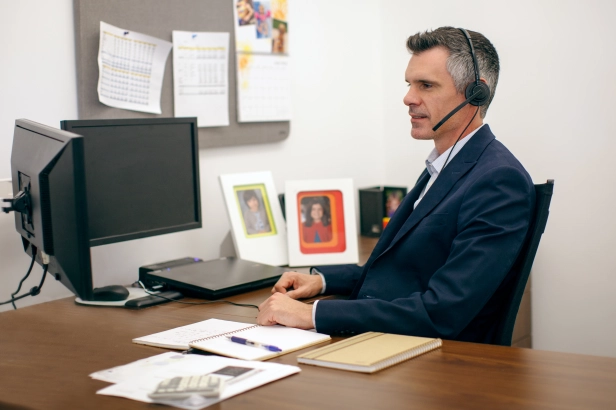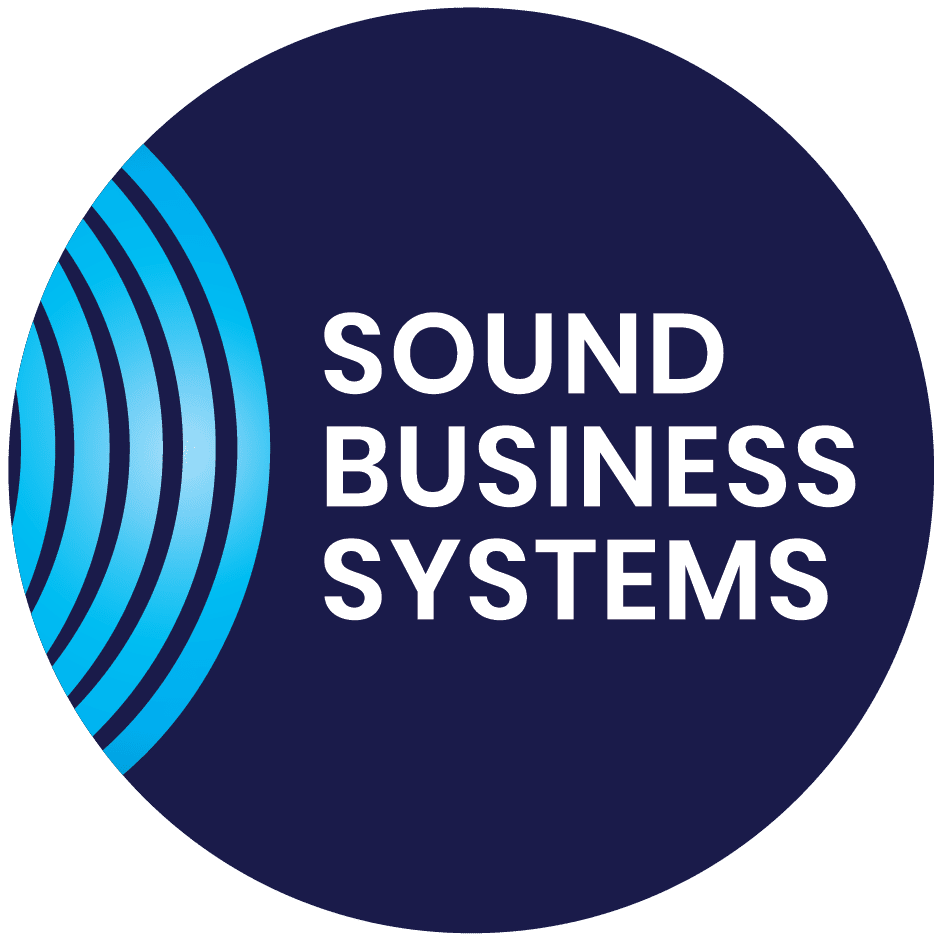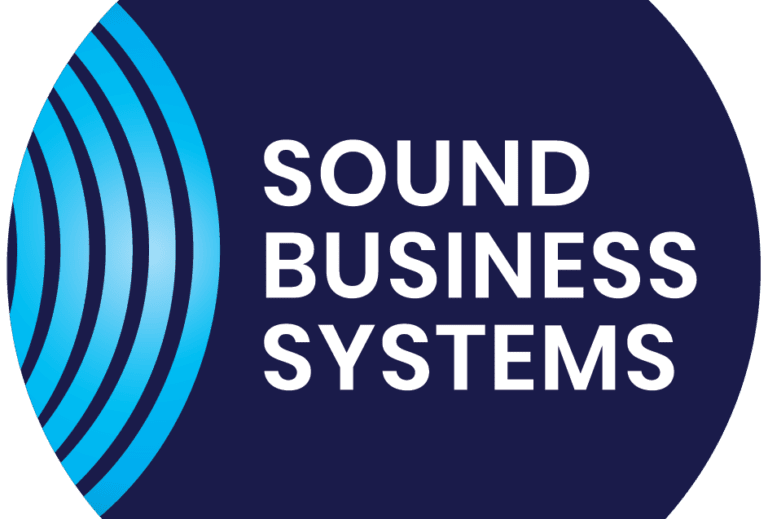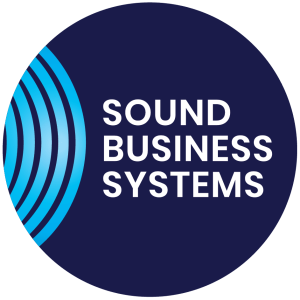
Clinical documentation & medical reports: Document efficiency in Healthcare

Share this article:
Public Healthcare is under pressure to deliver more and better with less. This trend will not end, will intensify. Clinicians can’t spend more time with patients, the reality is quite the opposite. This paradox represents a massive systemic cost to patients and Te Whatu Ora – Health New Zealand alike.
New healthcare technology
A range of enabling technologies are aimed at public healthcare. Many of them are cutting-edge tools and have great promise. But how can Te Whatu Ora decide which is best, which to deploy and avoid costly wastage of time and effort by making the wrong choice? How can medical front-line staff spend more time with patients and deliver better patient care at less cost to the tax payer?
Clinical documentation & medical reports: Ever increasing workloads
After the pandemic, the combined inpatient and outpatient load in New Zealand hit a record number. Given that each event should have at least one associated medical record, the documentation workload only ever increases.
Without technology, medical practitioners are increasingly engaged in the generation of patient correspondence and documentation, at the expense of patient well-being and at the expense of the Hospital budget. Medical typists are increasingly difficult to find and outsourcing options help in the short term but are very expensive in the long term.
Numerous studies have shown that clinicians can spend as little as 13% of their day interacting directly with patients and as much as 50% of their day creating, reviewing and updating clinical documentation or medical reports. What’s more – the quality of these reports is often below standard; the turnaround time of reports is slow, and the frustration and time involved in creating these reports is a major cause of clinical dissatisfaction.
Dissatisfaction because of the inherent limitations and tedium involved and dissatisfaction because patient time is diminishing. Furthermore, with such slow turnaround times of transcriptions, for some clinics, patient appointments are being delayed putting patients at risk.
In an effort to address this fundamental issue Te Whatu Ora – Health New Zealand decision-makers are exploring a raft of solutions, including Speech Recognition, Digital Dictation, workflow solutions such as Winscribe Text, and Mobile form-based solutions.
Some of these solutions can be hosted and some reside on the hospital network itself. Some are desktop based and appropriate for hospital-based clinicians and some are suited to mobile or field-based workers such as Community Nursing, Allied Health, Mental Health, etc.
No single solution is right for all applications. This article attempts to guide the reader to understand what solution is appropriate for specific circumstances.
Healthcare technology is here to help solve fundamental problems
Looking at the individual options in detail…
- Networked Digital Dictation
In New Zealand, Winscribe is the predominant hospital-wide Digital Dictation system throughout the public sector. Winscribe allows clinical staff to dictate from a range of desk-based or mobile devices and enables hospital-based or remote medical typing staff to type up medical reports.
The system is easily deployed and manages and reduces the turnaround time length associated with dictation. Winscribe Digital Dictation is an exceptionally stable and well-developed technology that hass been widely used by hospitals and healthcare organisations in New Zealand for many years. - Workflow Technology
In New Zealand, once again the name most people know is Winscribe Text. This technology is designed to provide the advanced capability for networked digital dictation. Integrating Winscribe Text with the PAS means visit and patient demographics can be used for dictation and transcription. This speeds up the document creation and dissemination process and cuts down on associated administration tasks.
As much as 30% of a medical typist’s time can be spent searching for this type of patient information from medical records and remains one of the major impediments to improving efficiency in the document creation process.
In addition – workflow enhancement technology automates much of the dissemination process required to actually get a transcribed patient report delivered to those who need to know e.g. the patient’s GP, the referring doctor, the specialist concerned and the patient themselves. The speed and efficiency gains of workflow technology are obvious.
- Speech Recognition
While there are a number of players internationally in this space the leading name in Australasia is Nuance Dragon and their four flagship products:- Powerscribe – a RIS-specific solution for Radiology
- Nuance SpeechKit (Embedded in Winscribe Text)
- Dragon Medical Practice Edition (DMPE)
- Dragon Medical One
- Dragon Medical Workflow manager
Nuance SpeechKit
This is the engine of DMD which is integrated into Winscribe Text. Used in conjunction with Winscribe Text, it provides clinicians and transcription staff with the single most efficient document creation workflow tools.
Integrating Speechkit into Winscribe Text gives you front and back-end speech recognition with the added benefit of workflow. Clinicians can dictate clinical letters into templates, electronically sign letters with the application and have the letters automatically submitted for distribution to recipients. Alternatively, letters can be dictated and submitted to medical typists for proofing and correction.
DMPE
Is a desktop edition containing over 70 medical specialties and sub specialties. It is ideally suited to smaller installations and/or dept. specific installs.
DMD
For larger deployments the more recently available Dragon technology of choice is DMD, a server-based solution. Like DMPE it comes bundled with a full 70+ package of medical specialties. Like SpeechKit, this solution has a low IT footprint at the desktop and resides on the hospital network. As such it is an easy deployment choice for many hospital situations.
DMD allows clinicians to dictate directly into clinical applications in real time. DMD provides the clinician with “once-and-done” creation, providing significant efficiency gains. The technology provides immediacy and avoids the waiting time inherent in the conventional dictation approach. This SR approach is known as stand-alone, front-end speech recognition.
Stand-alone front-end vs Winscribe front end vs Back End SR – Which approach is best?
It all depends on the application. Standalone SR is recommended when absolute immediacy is required or when authors do not have administration staff and therefore type their own documentation. It requires the author to take greater ownership of the document at source and a willingness to edit and correct but, the reward is an immediate “once and done” result with no waiting time and improved production time.
Winscribe Front End SR is recommended for letters and documents that require workflow such as Outpatient clinic letters. It requires the dictating author to take ownership of the letter creation process, once the clinician signs the letter workflow rules take place and the letter is automatically distributed to the letter recipients and other hospital information systems. The benefit is a much quicker overall document turnaround and a reduction in dictation minutes and typing backlogs.
Backend SR speeds up transcription turnaround as typists receive a draft copy for proofing and correction. SR can also help typists work across multiple specialties and therefore better manage departmental level backlogs.
- Winscribe Forms
Mobile or field-based healthcare workers often face a need to create patient visit notes or reports on the fly and typically find benefit from a standardised template approach. The ability to use tablet-based forms such as Winscribe Forms is a convenient and fast way for patient documents to be produced independently. Winscribe Forms are speech enabled to further drive efficiency and productivity.
“This past Friday we had our Go Live for our Pilot Groups. Essentially, it was putting in the system minus Citrix and the Healthlink connection. The day went as long but your team performed beautifully. We had some issues that were resolved efficiently and quickly. This is my third Go Live here at Waikato DHB, and your team has exceeded the other vendors I have worked with by miles. We still have a way to go, but I thought you should know how much I appreciate their hard work and what your team does for Sound Business Systems’ reputation.”
Renata Porter
Project Manager, Waikato District Health Board
Where to start?
For many organisations looking for a hospital-wide solution the best approach. They can capitalise on their existing Winscribe investment by implementing a workflow capability in the form of Winscribe Text. Immediately this will lift the productivity of the existing transcription resource and result in faster and more consistent turnaround of medical documentation.
This will result in a positive ROI and better healthcare. The later incorporation of speech recognition into the documentation process via SR will provide a further lift in performance.
For specific areas of the hospital where absolute immediacy is required (such as staff in ED or clinical staff producing discharge summaries, front-end SR might be more applicable. The dictations are invariably brief and to the point and need immediate dissemination within the hospital. For these applications DMD is the obvious solution.
Cautionary Note: Speech recognition should not be viewed as a single solution, each department within the hospital will have specific requirements and workflows that will deem which type of speech recognition is most applicable as will the overall challenges the hospital faces. What might be right for one department or hospital might be quite inappropriate for another.
Conclusion
The opportunity to spend large sums of money in the wasteful pursuit of process improvement technologies has always been present in public healthcare. Speech recognition/speech-to-text is highly accurate and easy-to-use. What is needed is a careful understanding of the pros and cons of the various options available and the roles that they can play as a standalone or integrated solution.
We draw on 20-plus years of Speech Recognition and Winscribe experience to provide specialist end-to-end professional services; from initial consultation, scoping, solution design and implementation with ongoing management, maintenance and support services. Talk to our experts to learn more about all the advanced speech recognition and dictation solutions on the market.
Find out how speech-to-text technology and digital dictation will help you work smarter.
Categories
- Dictation Equipment (2)
- Digital Dictation (7)
- Dragon Naturally Speaking (15)
- Dragon Speech Recognition (32)
- Health Tech (1)
- How To? (2)
- Lecture/Conference Recorders (1)
- News (7)
- Opinion (10)
- Philips SpeechLive (6)
- Software Updates (14)
- Uncategorized (6)
- Winscribe Digital Dictation (5)
Follow us:
Most Popular



Winscribe Dictation is here to stay!

What is conversational AI and how does it support speech recognition?
.
Categories
Contact Us
- Phone
-
3/62 Paul Matthews Road,
Rosedale, Auckland 0632 -
PO Box 303161,
North Harbour, Auckland 0751
- Hours of Operation
- Monday - Friday, 8.30am - 5pm
Contact Us
- Phone
- Hours of Operation
- Monday - Friday, 8.30am - 5pm AEST



